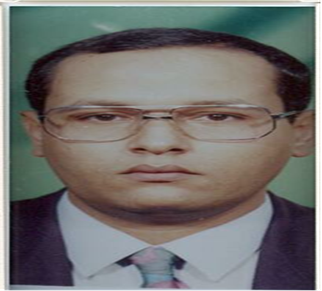Aim of work: To evaluate the pattern of clinical presentation, diagnosis and management outcome of
different techniques of extremity vascular repair.
Materials and Methods: This prospective study was conducted at Sohag University Hospitals from February
2011 to July 2013 and involved 162 patients with extremity vascular injuries who underwent various surgical
interventions. Patients were evaluated for the mechanism of trauma, site and type of injury, associated
injuries, methods of vascular repair and their outcomes.
Results: Firearm injury and stab penetrating injuries were the most common causes (45.7%, 28.4%)
respectively. Lower extremities were affected more commonly (53.75%) and superficial femoral artery (SFA)
was the most common injured one (37.65%). Combined arterial and venous injuries were present in 50
patients (30.9%). Forty-eight patients (29.6%) had associated fractures. Interposition autogenous reversed
saphenous vein graft was the most common method of repair (74.7%). Synthetic graft was used only in 6
patients (3.7%). Wound infection was the commonest complication (17.3%). 14 patients (9.25 %) had
secondary amputation and 11 patients (6.8%) died due to associated head, chest and / or abdominal injuries.
Vascular reconstruction was successful in 136 cases (84%).
Conclusion: Early detection and proper management of vascular injuries save the vast majority of limbs with
vascular injuries.

